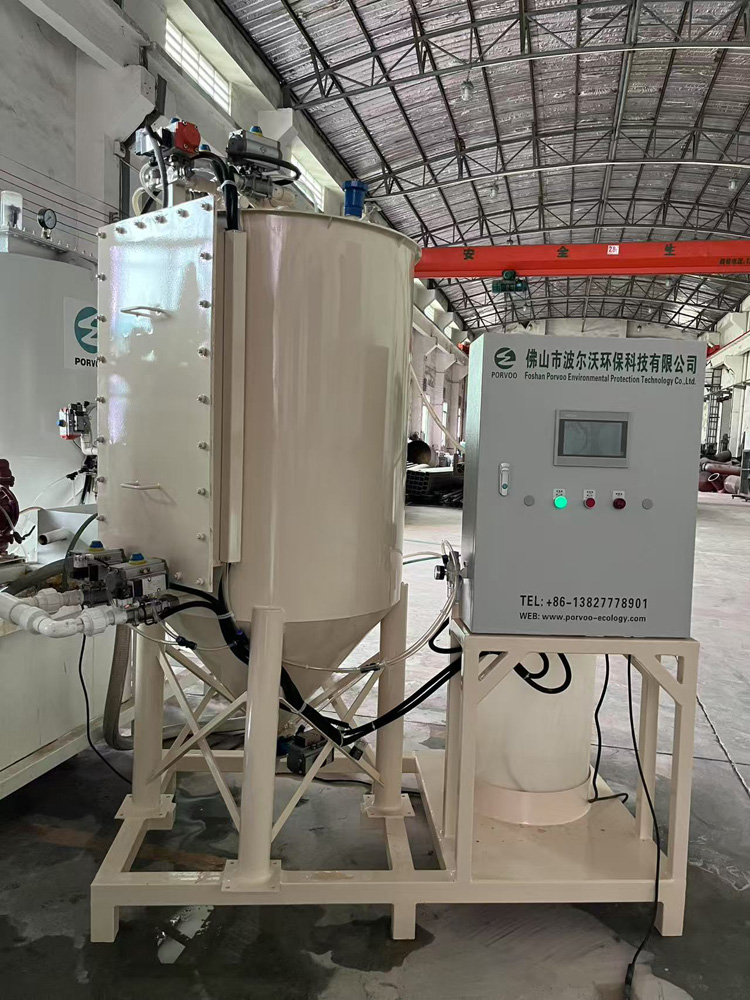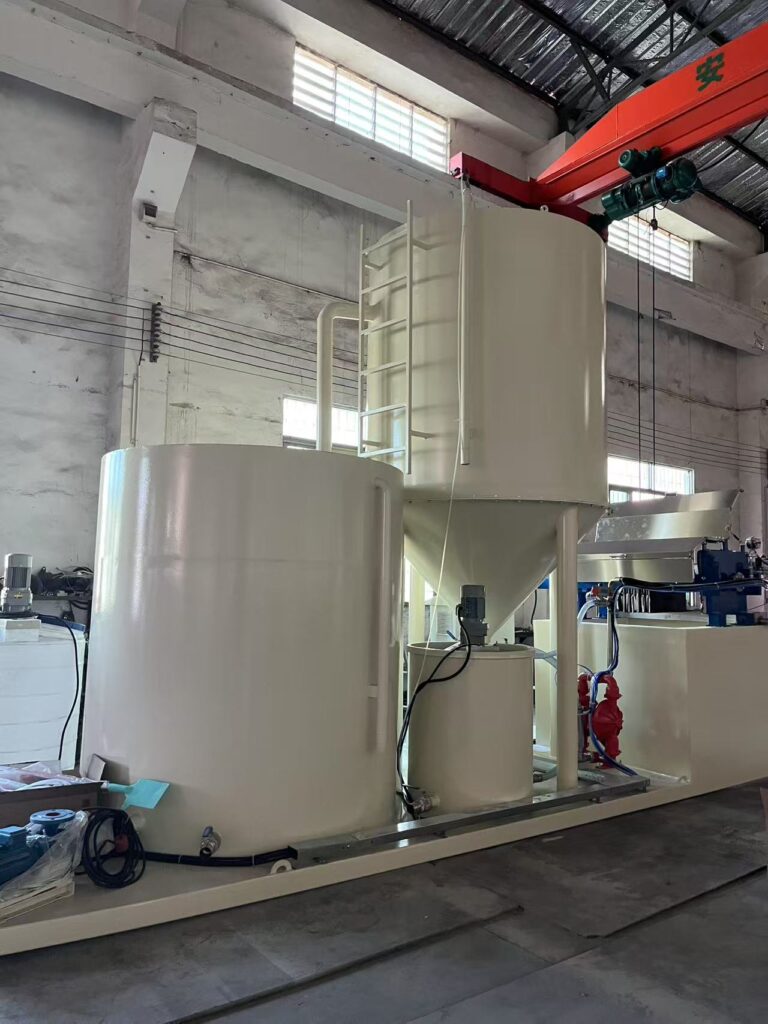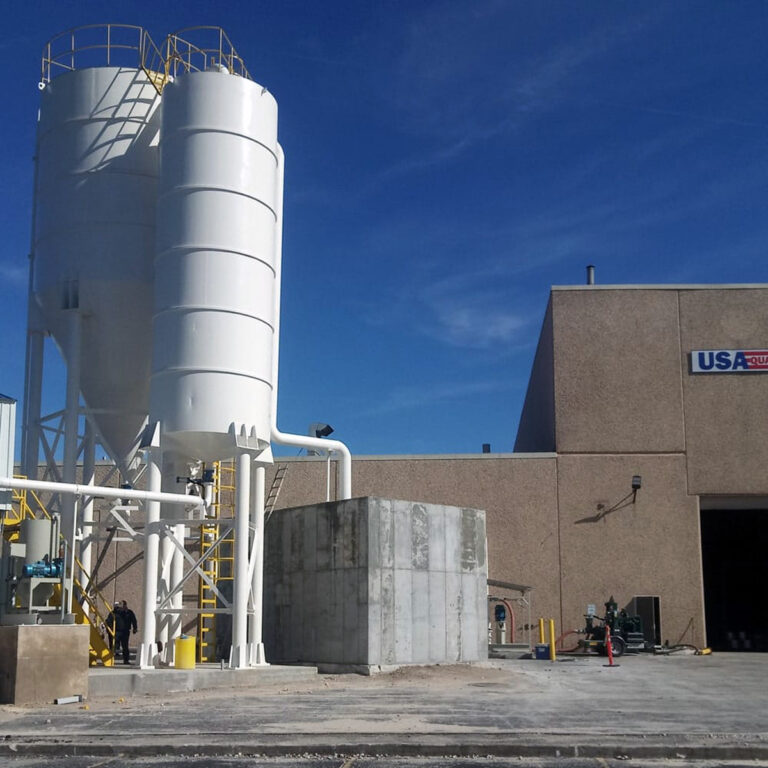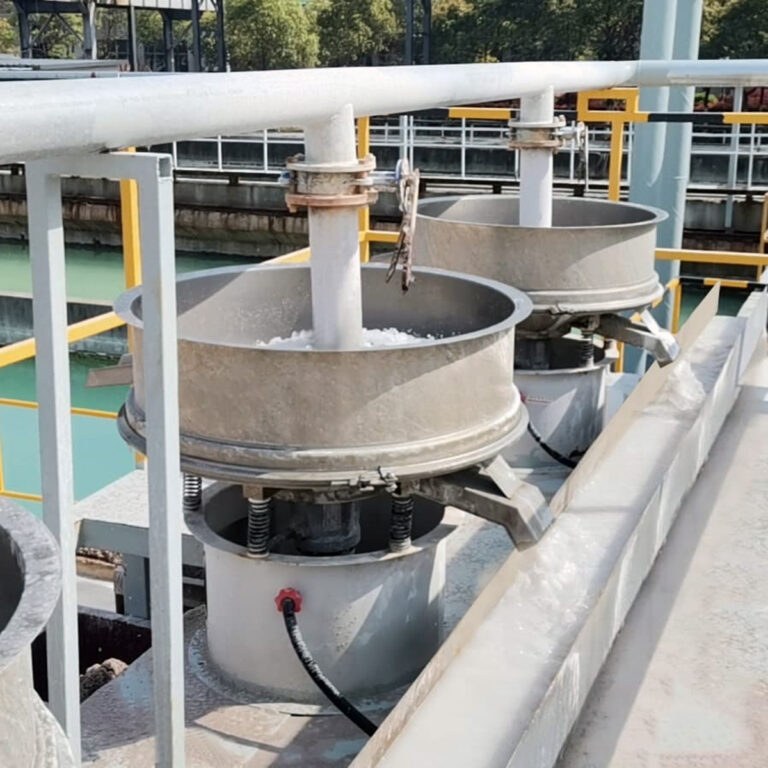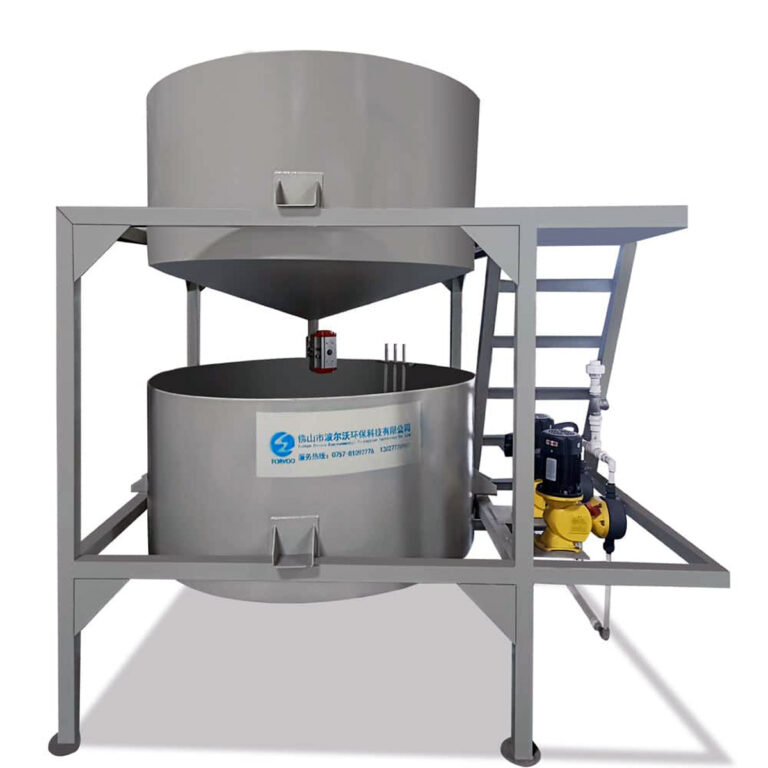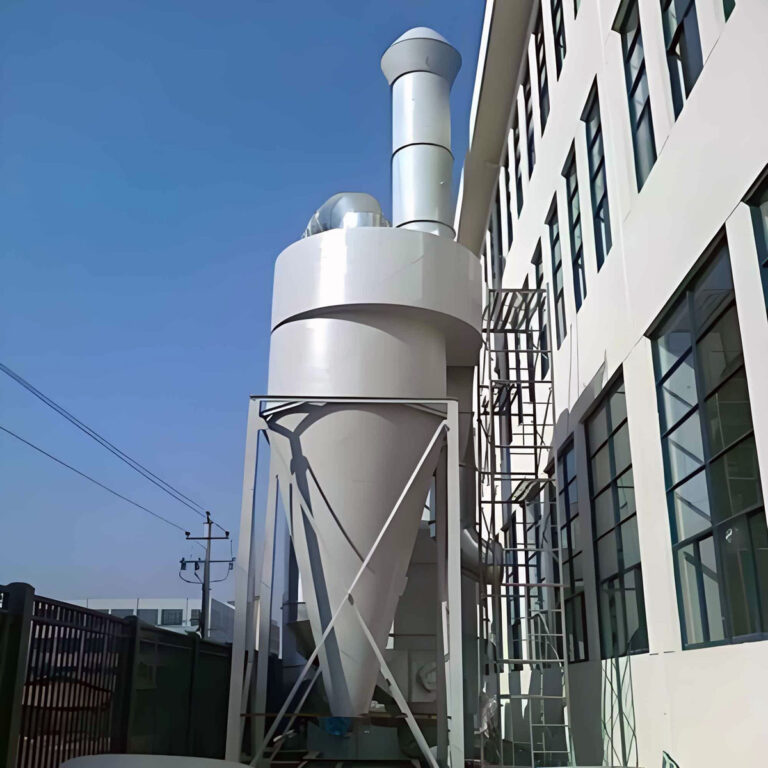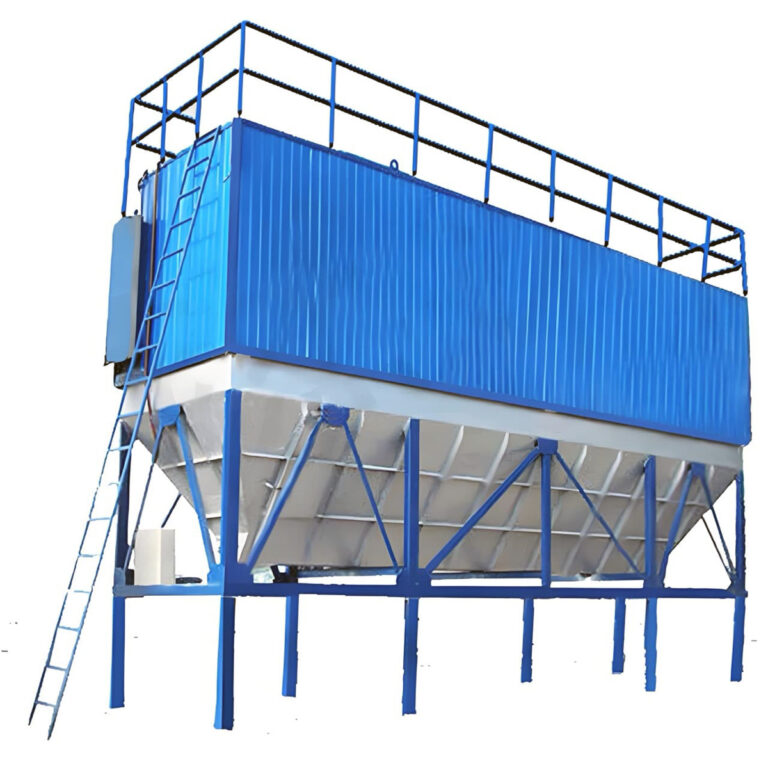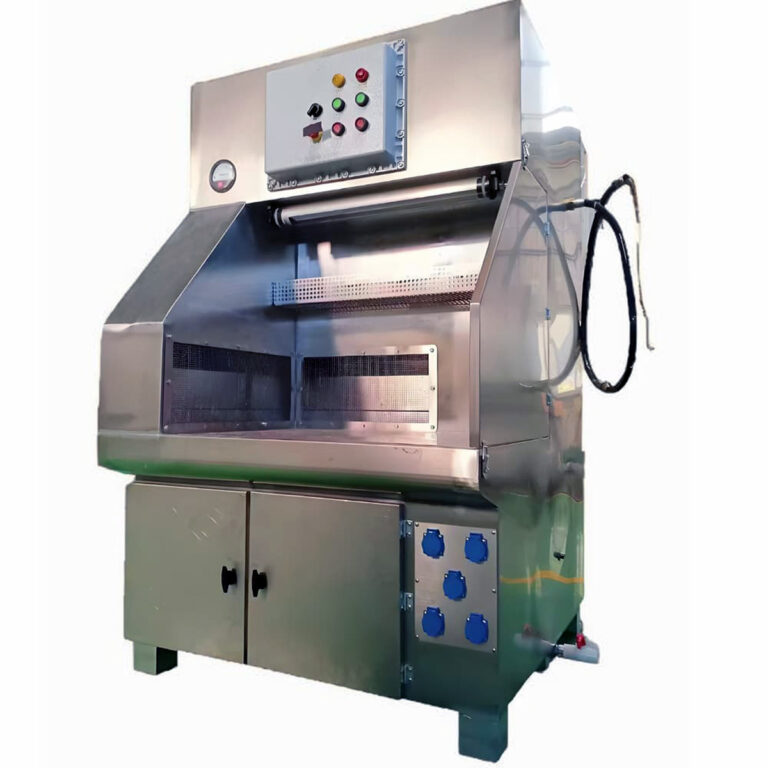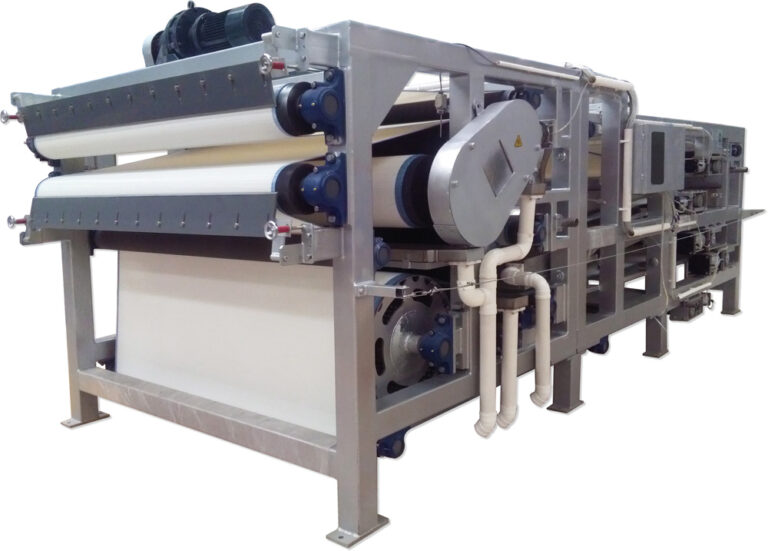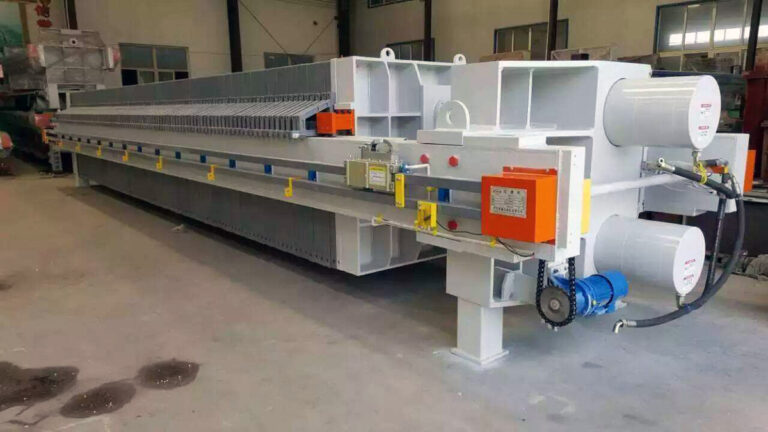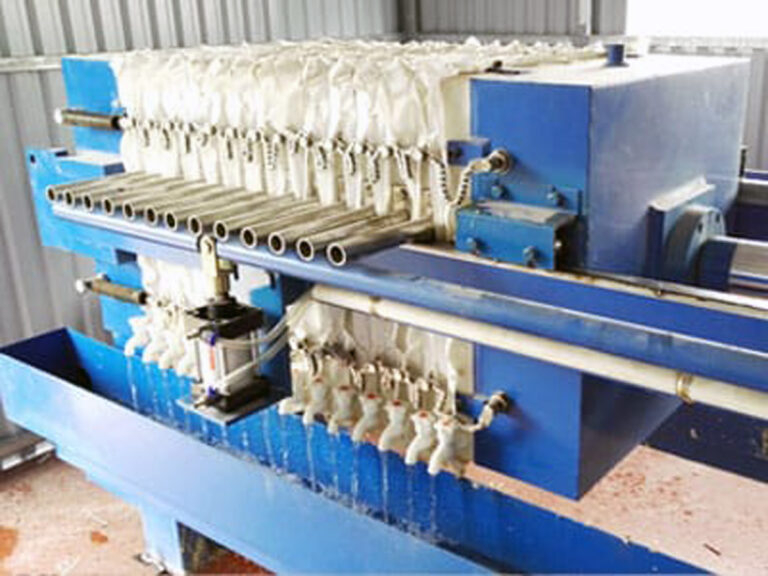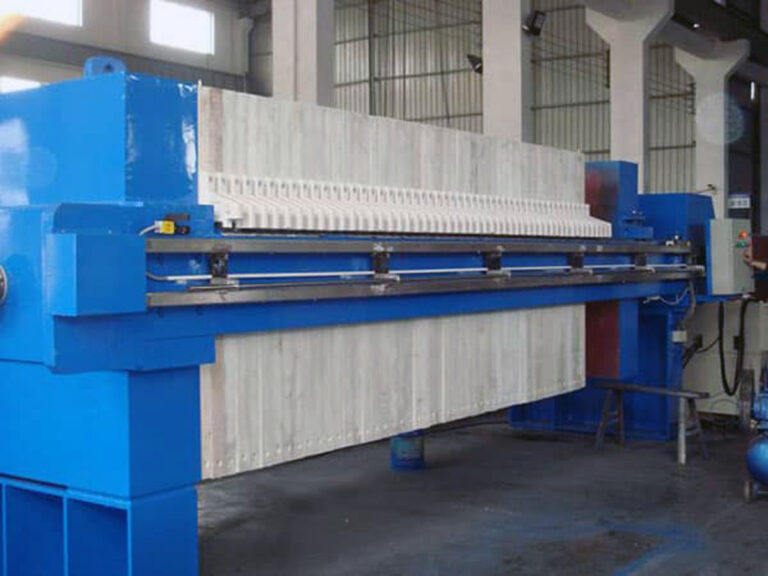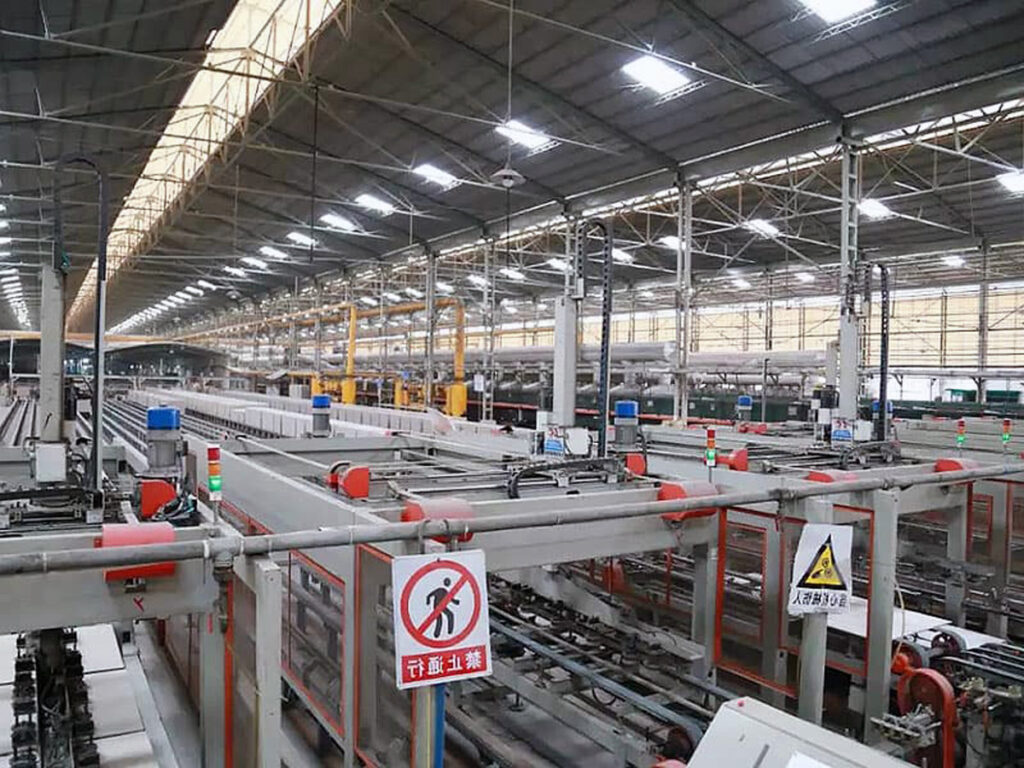Operating an industrial facility means constantly balancing operational efficiency with cost management, and nowhere is this more evident than in dust collection system maintenance. You’re likely spending thousands annually on original equipment manufacturer (OEM) filters while wondering if there’s a more cost-effective solution that doesn’t compromise performance. The growing market for generic dust filters has created compelling alternatives, but navigating quality variations and compatibility concerns can feel overwhelming.
The consequences of poor filter selection extend far beyond immediate costs. Inadequate filtration leads to equipment damage, regulatory compliance issues, and potential health hazards for workers. Meanwhile, overpaying for premium branded filters when equally effective alternatives exist drains operational budgets unnecessarily.
This comprehensive guide examines universal replacement options, comparing performance standards, analyzing cost benefits, and providing expert insights to help you make informed decisions about aftermarket filter elements. You’ll discover how leading manufacturers achieve comparable results at fraction of OEM costs while maintaining the filtration efficiency your operations demand.
What Are Generic Dust Filters and Why Are They Important?
The industrial dust collection market has evolved significantly, with PORVOO and other manufacturers developing sophisticated alternatives to expensive OEM filters. Modern facilities increasingly rely on these cost-effective solutions to maintain air quality standards without exceeding maintenance budgets.
Understanding Generic vs. OEM Filters
Universal baghouse filters represent engineered alternatives designed to meet or exceed original equipment specifications. Unlike OEM filters that carry premium pricing due to brand positioning, generic options focus on delivering equivalent performance through optimized manufacturing processes.
Industry testing reveals that quality generic filters often achieve 99.5% particle capture efficiency compared to 99.6% for OEM equivalents – a negligible difference that rarely impacts operational performance. The key distinction lies in manufacturing scale and distribution channels rather than filtration technology itself.
As filtration engineer Maria Rodriguez from Industrial Air Solutions notes: “The fundamental physics of dust collection remain constant regardless of manufacturer branding. What matters is proper media selection, construction quality, and dimensional accuracy.”
| Filter Type | Average Cost | Efficiency Rating | Typical Lifespan |
|---|---|---|---|
| OEM Cartridge | $85-120 | 99.6% | 8-12 months |
| Generic Cartridge | $35-55 | 99.4-99.5% | 8-11 months |
| OEM Bag Filter | $25-40 | 99.7% | 12-18 months |
| Generic Bag Filter | $12-22 | 99.5% | 11-16 months |
Key Benefits of Universal Replacement Options
Cost reduction represents the most immediate advantage, with facilities typically achieving 40-60% savings on filter replacement expenses. A midwest manufacturing plant reduced annual filtration costs from $28,000 to $11,500 by switching to compatible alternatives while maintaining identical air quality measurements.
Beyond direct savings, compatible dust collector filters offer improved inventory management flexibility. Generic manufacturers typically maintain larger stock quantities and shorter lead times compared to OEM suppliers, reducing emergency procurement costs and minimizing downtime risks.
Quality generic filters also provide performance consistency across different equipment brands. Rather than managing multiple OEM relationships and varying specifications, facilities can standardize on universal solutions that work across diverse dust collection systems.
Industry Applications and Use Cases
Manufacturing environments ranging from woodworking to pharmaceutical production successfully utilize generic alternatives. Metalworking facilities particularly benefit from universal options due to high filter replacement frequency and demanding particle capture requirements.
A recent automotive parts manufacturer case study demonstrated impressive results: switching to generic pleated cartridges reduced per-unit costs by 52% while maintaining OSHA compliance throughout a 18-month evaluation period. Air quality monitoring showed consistent particle counts below 0.3 mg/m³, well within acceptable ranges.
However, specialized applications requiring FDA validation or clean room certifications may necessitate OEM filters to maintain regulatory compliance and documentation requirements.
How Do Universal Baghouse Filters Compare to Original Equipment?
Performance comparison requires examining multiple variables beyond simple efficiency ratings. Modern industrial dust collection systems depend on consistent pressure drop characteristics, structural integrity, and dimensional accuracy for optimal operation.
Performance Standards and Specifications
Aftermarket filter elements undergo rigorous testing protocols to ensure compatibility with existing equipment. ASHRAE 52.2 testing standards apply equally to generic and OEM products, providing objective performance benchmarks.
Independent laboratory results consistently show generic filters achieving comparable pressure drop profiles. Initial resistance typically measures 0.3-0.5 inches water gauge for quality alternatives versus 0.2-0.4 for OEM equivalents – differences that rarely affect system performance significantly.
Particle capture efficiency across various size ranges demonstrates minimal variation between quality generic and OEM filters:
| Particle Size | Generic Efficiency | OEM Efficiency | Performance Gap |
|---|---|---|---|
| 0.3-0.5 microns | 94.2% | 94.8% | 0.6% |
| 0.5-1.0 microns | 97.8% | 98.1% | 0.3% |
| 1.0-3.0 microns | 99.4% | 99.5% | 0.1% |
| 3.0+ microns | 99.9% | 99.9% | 0% |
According to Dr. James Peterson from the Industrial Filtration Institute: “Performance differences between quality generic and OEM filters typically fall within measurement uncertainty ranges. The critical factor is selecting reputable manufacturers with proven quality control processes.”
Cost-Effectiveness Analysis
Total ownership costs extend beyond initial purchase prices to include installation labor, disposal expenses, and system energy consumption. Generic filters excel in direct cost savings while maintaining comparable operational characteristics.
Energy consumption analysis reveals minimal differences in system power requirements. Quality generic filters maintain similar pressure drop progression over their service life, avoiding premature fan motor strain or increased electrical costs.
A comprehensive 24-month study across six industrial facilities showed average total cost reductions of 43% when switching to replacement dust collection parts. This included direct filter costs, reduced inventory carrying costs, and simplified procurement processes.
While generic options offer substantial savings, some limitations warrant consideration. Warranty coverage may be shorter, and technical support resources could be less comprehensive compared to established OEM relationships.
What Types of Compatible Dust Collector Filters Are Available?
The generic filter market encompasses virtually every filtration technology used in industrial applications. Understanding available options helps optimize selections for specific operational requirements and equipment configurations.
Cartridge Filter Replacements
Pleated cartridge alternatives represent the largest segment of generic industrial filters, offering direct replacements for most major equipment brands. Standard dimensions like 8-inch, 12-inch, and 16-inch diameters ensure broad compatibility across different collector models.
Polyester media cartridges provide excellent general-purpose performance for most industrial dusts, while cellulose options offer superior fine particle capture for applications requiring higher efficiency. Specialized coatings like PTFE membrane enhance performance in challenging environments involving sticky or hygroscopic materials.
Nanofiber technology has emerged as a premium generic option, delivering efficiency ratings approaching 99.97% while maintaining lower pressure drop characteristics. These advanced filters cost 15-25% more than standard generic alternatives but still provide significant savings compared to OEM equivalents.
Bag Filter Alternatives
Fabric bag replacements offer exceptional value in large-scale baghouse applications. Generic manufacturers produce bags compatible with most major collector brands, utilizing identical fabric specifications and construction techniques.
Polyester felt remains the most popular generic bag material, providing excellent durability and chemical resistance. PTFE membrane bags represent premium alternatives for demanding applications requiring superior efficiency and extended service life.
In my experience working with diverse industrial facilities, bag filter standardization on generic alternatives typically yields the highest cost savings due to volume purchasing advantages and simplified inventory management.
HEPA and Specialty Filter Options
High-efficiency applications increasingly utilize generic HEPA alternatives that meet stringent 99.97% efficiency requirements at 0.3 microns. These filters undergo identical testing protocols as OEM products while offering 30-45% cost savings.
Specialty applications including pharmaceutical manufacturing and electronics production benefit from validated generic options that maintain required documentation and certifications. While selection is more limited than standard industrial filters, reputable suppliers offer compliant alternatives for most applications.
How to Select the Right Aftermarket Filter Elements?
Successful generic filter implementation requires systematic evaluation of compatibility factors, performance requirements, and operational constraints. Proper selection ensures optimal results while avoiding costly mistakes.
Sizing and Compatibility Considerations
Dimensional accuracy represents the critical success factor for aftermarket filtration solutions. Even minor size variations can compromise seal integrity and system performance.
Measure existing filters carefully, including overall dimensions, gasket specifications, and mounting configurations. Quality generic manufacturers provide detailed dimensional drawings and compatibility charts to ensure proper fit.
Consider thermal expansion characteristics for high-temperature applications. Generic filters should utilize materials with similar expansion coefficients to prevent seal failures or structural damage during temperature cycling.
Media Type and Efficiency Ratings
Application-specific media selection determines filtration performance and service life. Particle characteristics, temperature ranges, and chemical exposure all influence optimal media choices.
| Application Type | Recommended Media | Efficiency Rating | Temperature Limit |
|---|---|---|---|
| General Manufacturing | Polyester Pleated | 85-95% | 180°F |
| Metalworking | Nanofiber | 99.5% | 200°F |
| Pharmaceutical | PTFE Membrane | 99.97% | 250°F |
| Food Processing | Antimicrobial Treated | 90-99% | 200°F |
Expert recommendations emphasize matching or exceeding original media specifications rather than automatically upgrading to higher efficiency options. Oversized filtration can increase pressure drop unnecessarily and reduce system capacity.
What Are the Installation and Maintenance Best Practices?
Proper installation and maintenance procedures ensure replacement dust collection parts deliver expected performance and service life. Following established protocols prevents common issues that could compromise system operation.
Proper Installation Techniques
Generic filter installation follows identical procedures as OEM replacements, but attention to detail becomes more critical due to potential minor dimensional variations. Inspect gasket surfaces carefully and ensure proper sealing without over-tightening fasteners.
Document installation dates and filter specifications for each replacement to track performance trends and optimize replacement schedules. This data proves particularly valuable when evaluating different generic suppliers or media types.
Consider implementing staged replacement strategies that allow performance comparison between generic and OEM filters in similar operating conditions. This approach provides objective data for future purchasing decisions.
Maintenance Schedules and Monitoring
Differential pressure monitoring remains the primary indicator for filter replacement timing regardless of manufacturer. Establish baseline measurements for new generic filters to identify performance trends over time.
Industry best practices recommend replacement when pressure drop reaches 4-6 inches water gauge for cartridge filters and 6-8 inches for bag filters. However, specific applications may require more conservative limits based on process requirements.
Regular visual inspections help identify potential issues before complete filter failure. Look for signs of media damage, gasket deterioration, or mounting problems that could indicate compatibility issues with specific generic suppliers.
What Challenges Should You Consider with Generic Industrial Filters?
While generic dust filters offer compelling advantages, several considerations require careful evaluation to ensure successful implementation and avoid potential operational issues.
Quality Control Variations
Generic filter quality can vary significantly between manufacturers, unlike established OEM suppliers with consistent production standards. Some manufacturers may use inferior materials or inadequate quality control processes to achieve lower pricing.
Research supplier certifications and testing protocols before making purchasing decisions. Look for ISO 9001 certification, ASHRAE testing compliance, and customer references from similar applications.
Batch-to-batch consistency represents another potential concern. Establish incoming inspection procedures for critical applications to verify dimensions, media integrity, and construction quality before installation.
As industry consultant Robert Chen observes: “The generic filter market includes both excellent manufacturers and questionable suppliers. Due diligence in supplier selection often determines success or failure with aftermarket alternatives.”
Warranty and Support Limitations
Generic manufacturers typically offer shorter warranty periods and limited technical support compared to established OEM relationships. This can pose challenges for troubleshooting application-specific issues or optimizing system performance.
Consider maintaining relationships with both generic suppliers and OEM manufacturers for critical applications requiring maximum uptime assurance. This hybrid approach provides cost savings on routine replacements while ensuring premium support availability when needed.
Some facilities establish performance bonds or guarantee agreements with generic suppliers to mitigate quality risks and ensure satisfactory results.
Conclusion
Generic dust filters represent a mature, cost-effective alternative to expensive OEM replacements when properly selected and implemented. Quality universal options deliver comparable filtration performance while reducing operational costs by 40-60% in most applications. The key to success lies in thorough supplier evaluation, careful compatibility assessment, and systematic performance monitoring.
Critical considerations include dimensional accuracy, media specifications, and quality control processes that ensure consistent results. While challenges such as warranty limitations and supplier variability require attention, these factors are manageable through proper due diligence and supplier relationship management.
For facilities seeking immediate cost reduction without compromising air quality standards, generic alternatives offer compelling value propositions. Start with non-critical applications to gain experience with specific suppliers before expanding to mission-critical systems. Consider exploring comprehensive dust collection solutions that integrate both equipment optimization and cost-effective filtration strategies.
The industrial filtration market continues evolving toward greater standardization and improved generic options. How will you leverage these developments to optimize your facility’s dust collection performance and cost structure?
Frequently Asked Questions
Q: What are Generic Dust Collection Filters and why are they important?
A: Generic dust collection filters are universal replacement options designed to fit various dust collection systems across industries. They are important because they capture dust particles efficiently, improving air quality and protecting health in work environments. Using the right generic filter ensures that dust is trapped effectively, reducing airborne contaminants and maintaining cleaner air in your facility.
Q: How do I know if a generic filter is the right replacement for my dust collection system?
A: To determine if a generic dust collection filter is suitable, consider these factors:
- Compatibility with your dust collector model and size
- The type and size of dust particles you need to filter
- Airflow requirements of your system
- Environmental conditions like temperature and humidity
Generic filters are designed to be versatile, but matching these criteria ensures optimal performance and longevity.
Q: What are the benefits of choosing universal replacement dust collection filters?
A: Universal replacement filters offer several advantages:
- Cost-effectiveness compared to brand-specific filters
- Availability in multiple sizes and filter media types
- Ease of installation and maintenance
- Flexibility to use the same filter across different machines or systems
These benefits make generic filters a practical choice for industries seeking reliable filtration without high expenses.
Q: What types of filter media are available in generic dust collection filters?
A: Generic dust collection filters come with various filter media tailored to different dust types and conditions, such as:
- Nanofiber media for ultra-fine dust particles
- Polyester for general dust types and durability
- Treated media for sticky or hygroscopic dust
- High-efficiency media with higher MERV ratings for finer filtration
Choosing the right media depends on your facility’s dust characteristics and operational environment.
Q: How do maintenance and cleaning impact the performance of generic dust collection filters?
A: Regular maintenance and proper cleaning are crucial to keep generic dust collection filters effective. Frequent cleaning prevents clogging and maintains good airflow, which reduces system strain and energy consumption. Depending on the filter media, cleaning methods may vary—filters might be shaken, pulsed with air, or replaced when excessively dirty. Adhering to a maintenance schedule helps extend filter life and sustain optimal filtration performance.
Q: Can generic dust collection filters handle different environmental conditions?
A: Yes, many generic dust collection filters are designed to operate well under diverse conditions. Certain filter media perform better in high humidity, elevated temperatures, or in the presence of sticky or abrasive dust. When selecting a generic replacement filter, consider the environmental factors of your facility to ensure the filter maintains efficiency and durability throughout its use.
External Resources
- Dust Collector Filters – Filtra Supply – Filtra Systems offers a wide range of OEM replacement and generic dust collector filters compatible with most leading industrial dust and mist collection systems.
- Dust Collector Filters – Universal Air Systems – Universal Air Systems provides genuine high-performance dust collector filters and universal replacement options for multiple dust, mist, and fume collection needs.
- Replacement Dust Collection Filters – SurfacePrep – SurfacePrep stocks replacement cartridge filters in various universal sizes and can supply customizable options for different dust collection applications.
- Dust Collector Filter Replacement: Comprehensive Guide – porvoo – This guide explains types of dust collector filters, replacement procedures, and how to choose universal filter options for different industrial uses.
- Industrial Cartridge Filters Dust Collection Overview – Koch Filter – Koch Filter delivers durable universal replacement filters engineered for a range of collector types, emphasizing high efficiency and low maintenance.
- Dust Collector Filter Replacements | Air Cleaning Specialists – Air Cleaning Specialists offer universal dust collector filter replacements compatible with various OEM and aftermarket dust collection systems for industrial environments.
